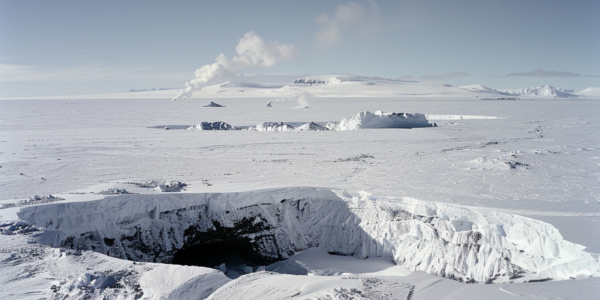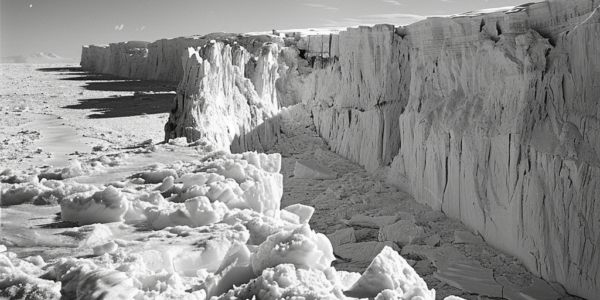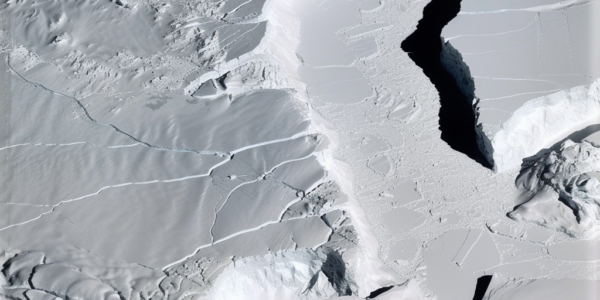Antarctica’s Volcanoes: What We Know
Antarctica is home to the largest volcanic region on Earth, with as many as 138 volcanoes. While most are not classified as active, Mount Erebus and Deception Island are known to be active. Mount Erebus has been continuously erupting since at least 1972, emitting plumes of gas and steam, and occasionally spewing out rock ‘bombs.’ Its persistent lava lake provides scientists with a rare opportunity to study the inner workings of a volcano in real-time.
Research Highlights Potential Impact of Individual Weather Events on Sea Level Rise
Recent research has highlighted the potential impact of individual weather events on the world’s largest ice sheets and, consequently, on sea level rise. A heat wave in Greenland and a storm in Antarctica have raised concerns about the long-term effects of such events, especially in the context of a warming climate. According to the Intergovernmental Panel on Climate Change (IPCC), global sea levels are projected to rise by 28 cm to 100 cm by 2100. This wide range of estimates underscores the uncertainty surrounding future sea level rise and its potential implications for millions of people worldwide.
Study Reveals East Antarctic Ice Sheet May Be on Verge of Rapid Melting
A recent study has revealed that the Wilkes Subglacial Basin in East Antarctica may be on the verge of rapid melting, potentially leading to a significant rise in global sea levels. Researchers found that small temperature increases beneath the sheet could trigger a collapse, causing substantial ice melt. The findings underscore the urgent need for further research and monitoring of East Antarctica’s ice sheets to better understand the potential impacts of climate change on global sea levels.



